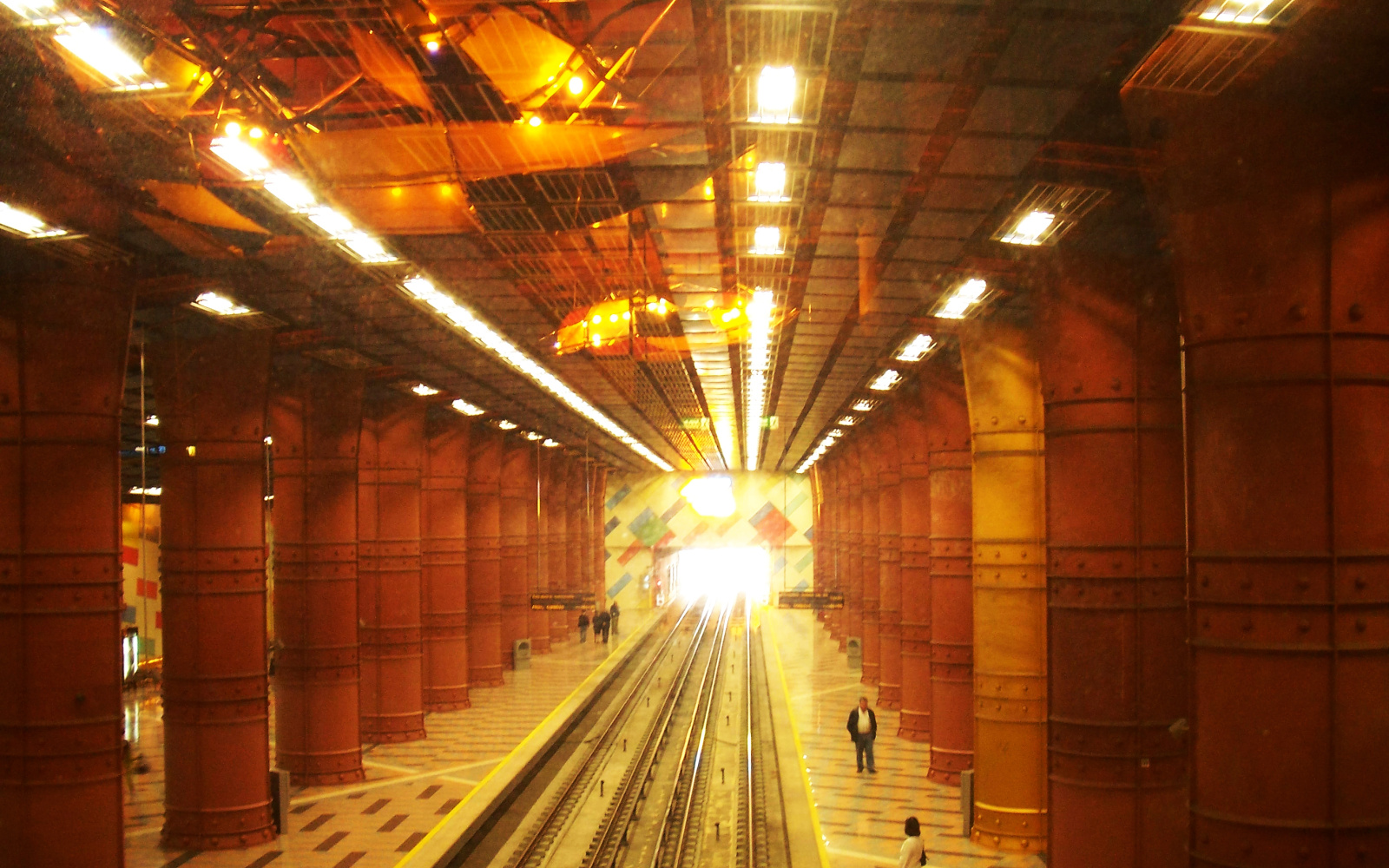Beja Margitházi
Realism of Textures | CG Surfaces in Contemporary Hollywood Blockbusters
Post-indexical digital imaging in contemporary mainstream cinema makes possible not only the reproduction, simulation of real, existing textures of objects and bodies, but also the photorealistic creation of non-existent, fantastic one’s. Due to developing software technologies and high quality CGI effects, these image manipulations lead to a constant uncertainty about the real, material quality of the cinematic image, the viewer finding her- or himself in a hypercritic position, continuously testing the authenticity, verity of the objects, buildings and bodies appearing on screen. Detected CG textures always shape the spectator’s perception and sensing toward skepticism, doubt, suspicion, although in the most cases of CG details much work is devoted to the integration of these parts into a common visual, physical environment. In my talk I plan to focus on that special aspect of recent Hollywood blockbusters of deliberately showing, sometimes in a quite spectacular manner, the artificially created, synthetic textures of objects and bodies (humans, animals, monsters or fantastic creatures). Through a complex analysis of these ‘quite noticeable’ textures (like showing magnified surface and details of different materials and bodies in »Antman«; nano-technology, spectacular materiality of different types of cybernetic organisms in »Terminator Genisys«; gigantic CG monsters, performing hunts and fights, exposing their monumental, synthetic bodies in »Jurassic World«; or hybrid visuality of mixing explicitly live action and computer animation, interaction, struggle between people and Pacman aliens in »Pixels«) my paper tends to investigate the role and effects of these in creating a perceptual realism of a fictional world.
Beja Margitházi PhD is a lecturer at Film Studies Department of Eötvös Loránd University (Budapest). She is a co-founder and editor of film magazine www.filmtett.ro. Her book »The Cinema of the Face. Close-up and Film Style« (Koinónia, 2008) deals with historical and theoretical problems of the face close-up in film; her studies, critical essays and translations since 1995 have appeared in different anthologies, periodicals and magazines. Her recent research topic is focused on the visible and invisible stylistic-aesthetic effects of analog-digital transition in film production.
